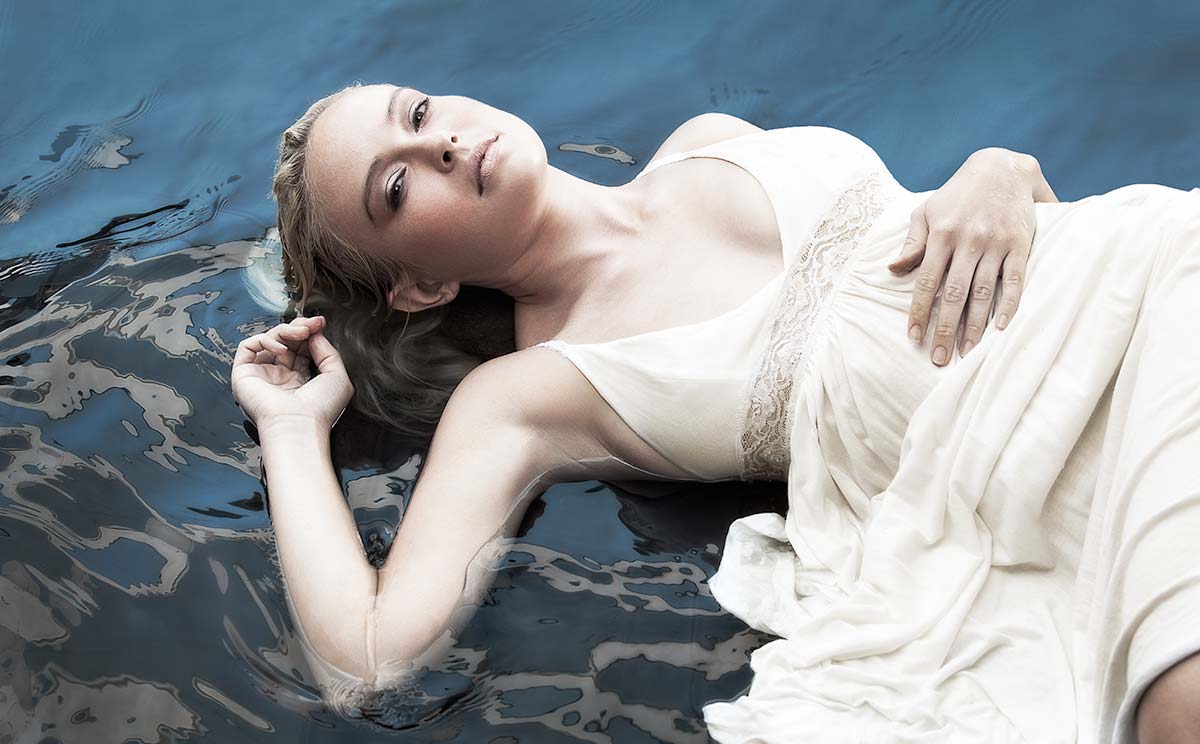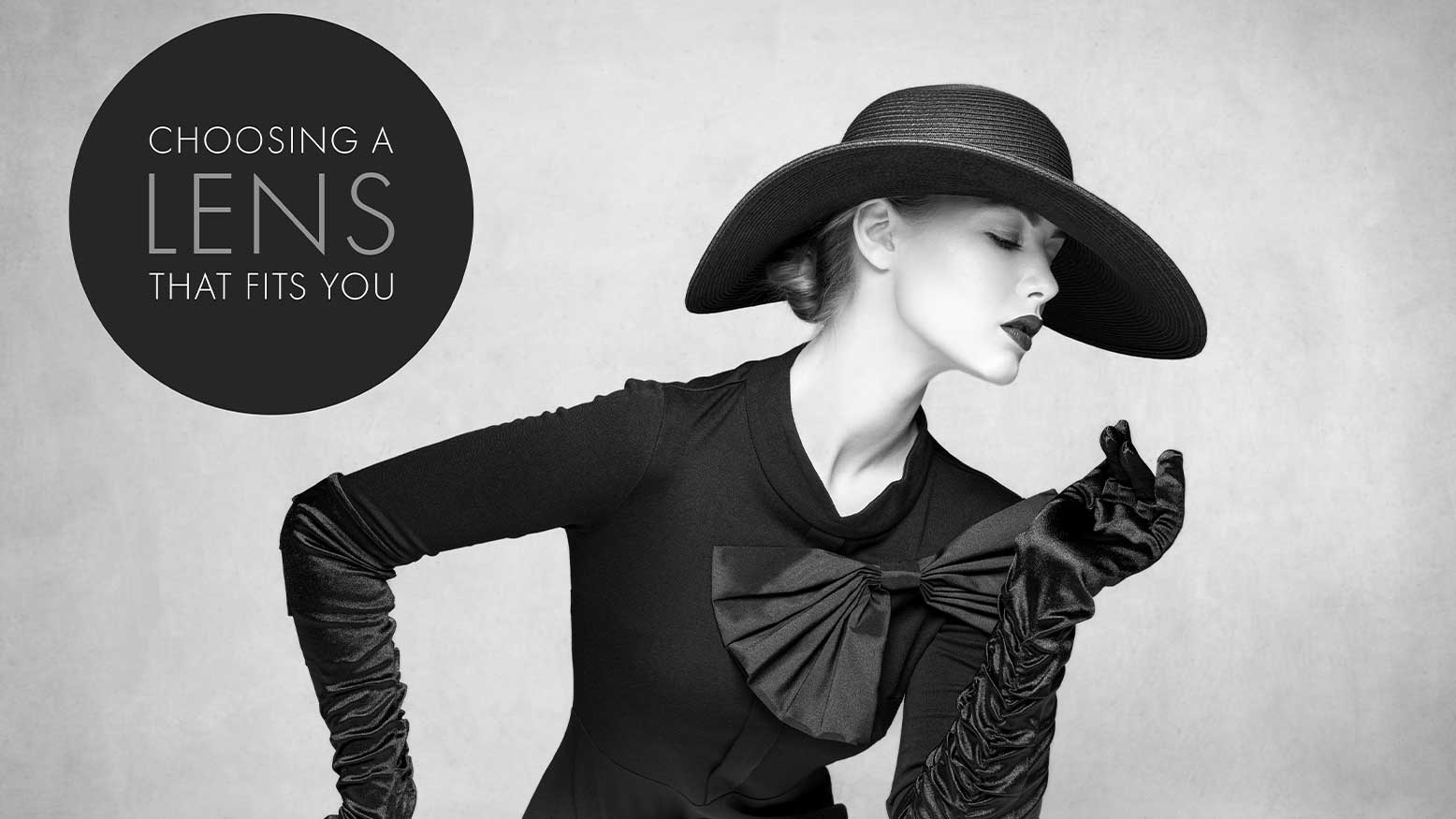Choosing a Lens That Fits You with Joel Grimes
I hate to admit this, but I have this love affair with lenses. When it comes to the creative process, what lens I choose is a key ingredient to the final outcome of my images. As an artist/photographer, understanding the basic fundamental laws of optics is well served in getting to my end result. There is this saying among seasoned photographers: “Camera bodies will come and go, so build your system around the lenses that best suit you.”
If we look at the history of lenses, we are living in a time where the quality of optics has never been better. Part of that is a result of computer design, advancements in new types of glass, and precision quality control during manufacturing.
Another factor is the introduction of digital mirrorless cameras. In speaking directly to the Canon Optical Engineers, they have stated they are elated over the opportunity to develop new RF lenses for the EOS R mirrorless camera system. The main reason is now they don’t have to account for the mirror in the SLR cameras, and the size of the lens mount in conjunction with the flange distance to the sensor has opened the door to new design possibilities. We can already see this in some of the latest lenses being introduced into the market.
The new modern lenses have made advancements in three primary areas. First and most importantly is the correction and minimization of aberration. Aberration is most noticeable when you set your lens aperture at its widest setting, resulting in loss of sharpness primarily in the corners of your frame. Stopping down two to three stops from wide open, to what we call the “sweet spot of the lens,” will minimize aberration.
However, shooting wide open can also give you an amazing shallow depth of field look, resulting in that sought-after crushed bokeh. Today with the current modern designed lenses, shooting wide open is a dream come true, and something that I am personally experimenting with more and more each day.
Second, overall sharpness has increased to the point that the resolution of modern designed lenses is astonishing and seems to be keeping up with the increase of ultra-megapixel sensors. As someone who started out shooting in the late ’70s, it has been a long haul to get to where we are today. It wasn’t that long ago where zoom lenses noticeably underperformed prime or fixed lenses. But today, many premium zoom lenses perform as good or very close to prime lenses.
Third is the advancement in lens coating that helps minimize lens flare and optimal color rendition. Most of us don’t think much about this, but with older lenses, if you were to shoot into the sun or a small bright source of light, the amount of overall image degradation was disconcerting. As a commercial advertising photographer, I would go to great lengths to flag off the sun or my lights to minimize flare into my camera. But today, with these new lenses, that is not as much of a concern.
So where does this leave us? Well, personally, as stated before, I feel like we are in good times and couldn’t be happier. But with all these advancements in technology, how does this affect the overall outcome as applied to the creative process? We have to agree that there is more to the photographic process than ultra-sharp images.
Since I started photography, there has been this ongoing balancing act between two worlds, the technical and the artistic or creative side of things. In the early days, I defiantly gravitated towards the technical side of the pendulum and have spent a lifetime pushing myself towards the creative side of things. It seems that many of us tend to fall into that category.





